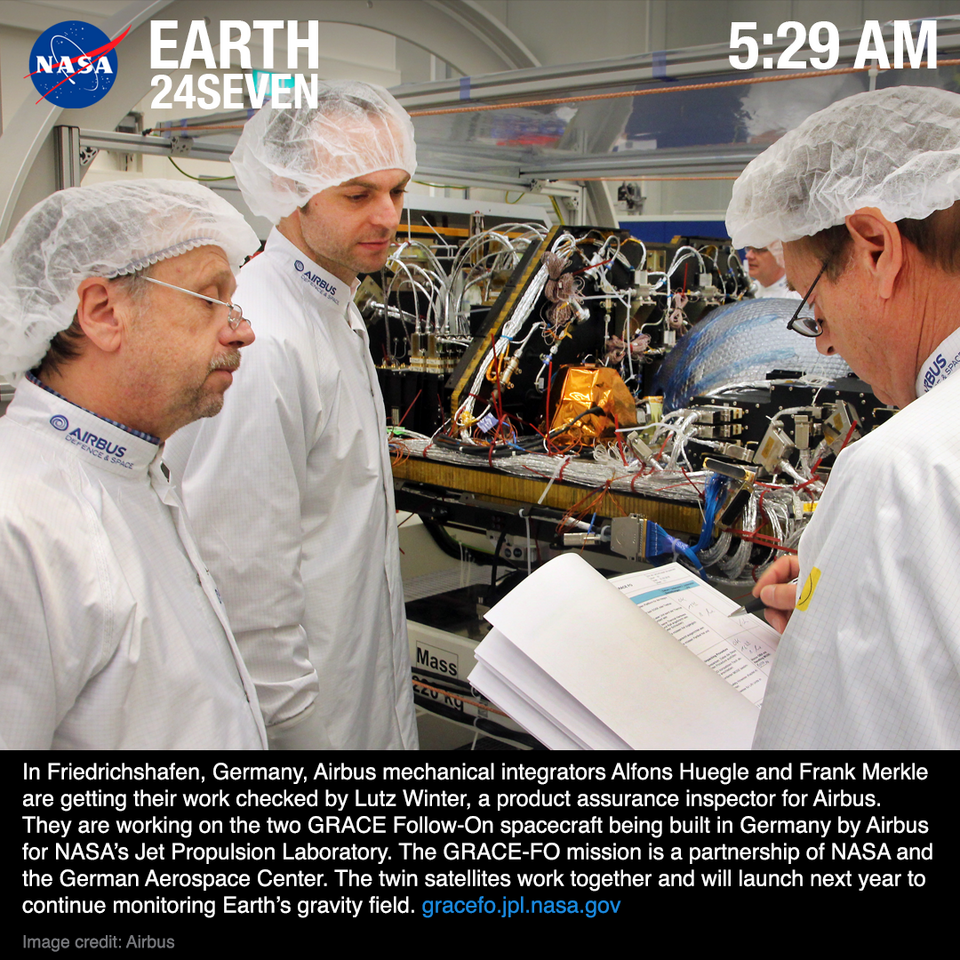Irish Firms Propel Airbus Satellite Launch with Advanced Navigation Tech

In a significant advancement for satellite technology, Airbus is set to launch its latest generation of satellites, the Constellation Optique 3D (CO3D), on July 25, 2025. This launch will occur aboard the Arianespace Vega-C rocket from French Guiana, marking a pivotal collaboration between Airbus and the French Space Agency (CNES). Central to this mission is the integration of cutting-edge navigation technology developed by two Irish space-tech firms, Innalabs and Ubotica, which promises to enhance the operational capabilities of these satellites.
The CO3D satellites are designed to deliver a global high-resolution Digital Surface Model service and will operate for eight years in pairs, orbiting on opposite sides of the Earth. According to John O’Leary, CEO of Innalabs, "Being part of this project marks a proud milestone for Innalabs and for Irish engineering in space. We are honoured to contribute to this cutting-edge programme that is setting new standards in satellite performance and innovation."
Innalabs has developed the ARIETIS-NS navigation system, which provides radiation-tolerant, high-precision inertial navigation. This system is essential for the satellites' attitude control and mission stability functions. O’Leary emphasized that the gyroscope unit created by Innalabs is compact, lightweight, and energy-efficient, operating with "extremely low noise" to minimize interference with telecommunications and observation systems. The partnership with Airbus not only showcases the capabilities of Irish technology but also reinforces the strategic importance of collaboration in advancing space exploration.
In a related development, Ubotica’s AI technology has been tested by NASA, demonstrating its potential to enhance satellite data collection efficiency. The AI payload, developed on Ubotica’s Space:AI platform, was utilized during a test on the CogniSAT-6 CubeSat. This technology enabled the satellite to perform Dynamic Targeting, allowing it to process and analyze imagery autonomously in real-time. Steve Chien, a technical fellow at NASA's Jet Propulsion Laboratory, explained, "The concept is to make the spacecraft act more like a human... to focus on what truly matters, such as detecting wildfires or other significant phenomena, rather than collecting unnecessary data."
This collaboration marks an important step in the evolution of satellite technology, where the integration of advanced navigation systems and AI can lead to more responsive and effective satellite missions. The potential for Irish firms like Innalabs and Ubotica to influence international space technology standards is considerable, paving the way for future innovations in the field.
As the aerospace industry continues to evolve, these advancements highlight the importance of leveraging local expertise and technology to contribute to global initiatives. The successful launch of the CO3D satellites will not only signify a triumph for Airbus but also a landmark achievement for Irish engineering in the competitive arena of space technology. Looking ahead, the integration of AI and advanced navigation systems may redefine how space agencies and organizations approach satellite missions, ultimately benefiting scientific research and environmental monitoring worldwide.
Advertisement
Tags
Advertisement





